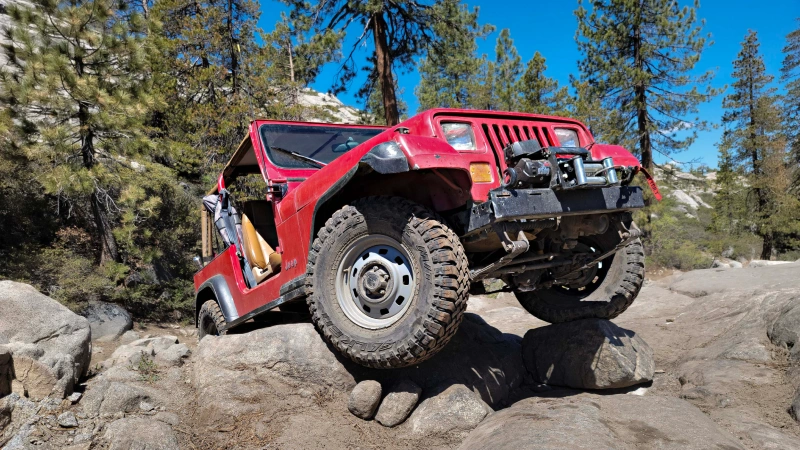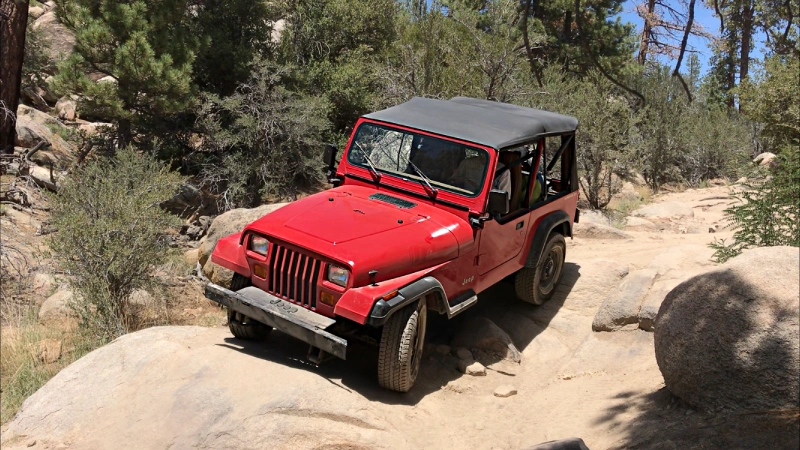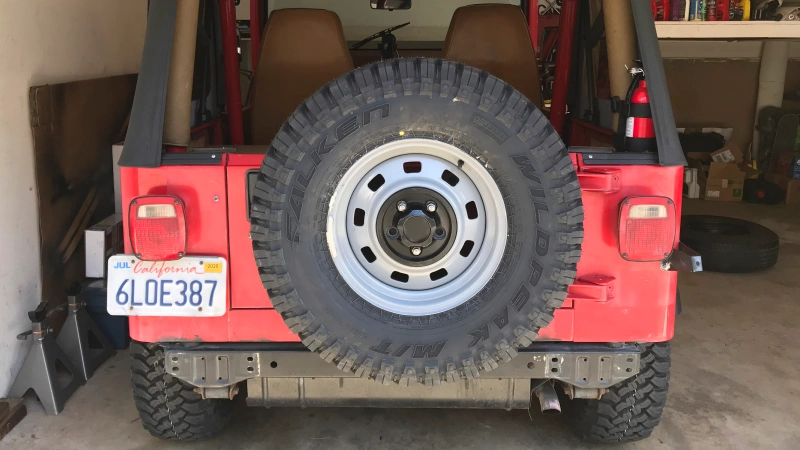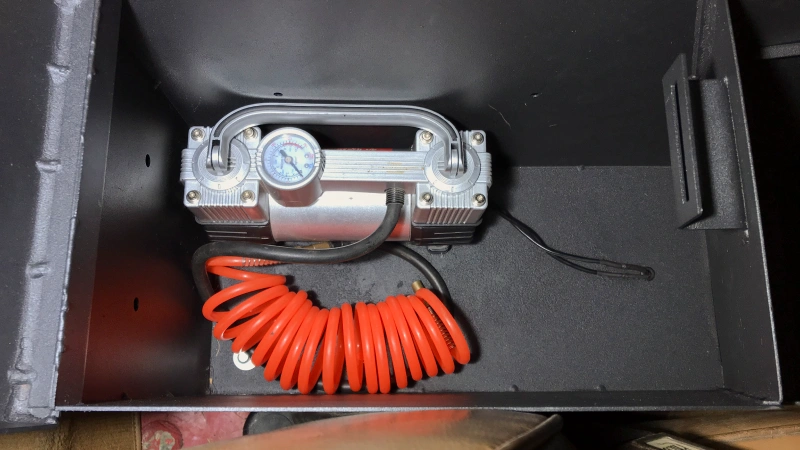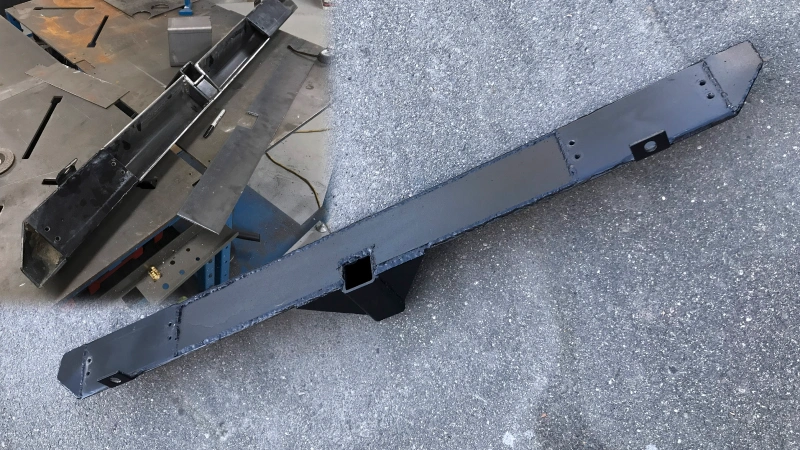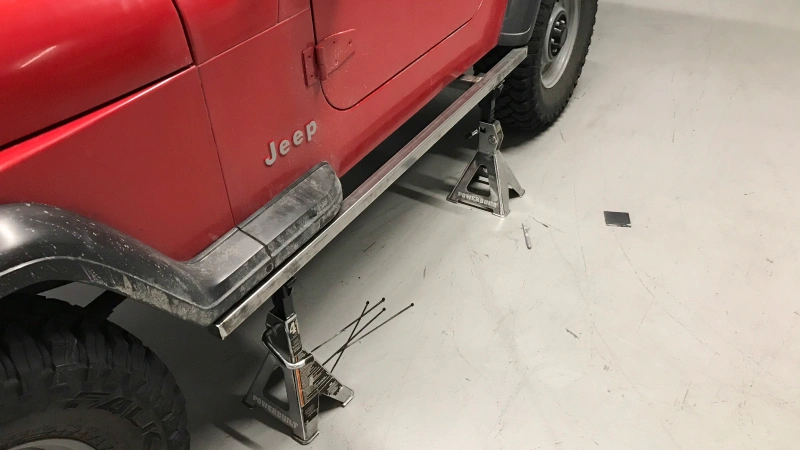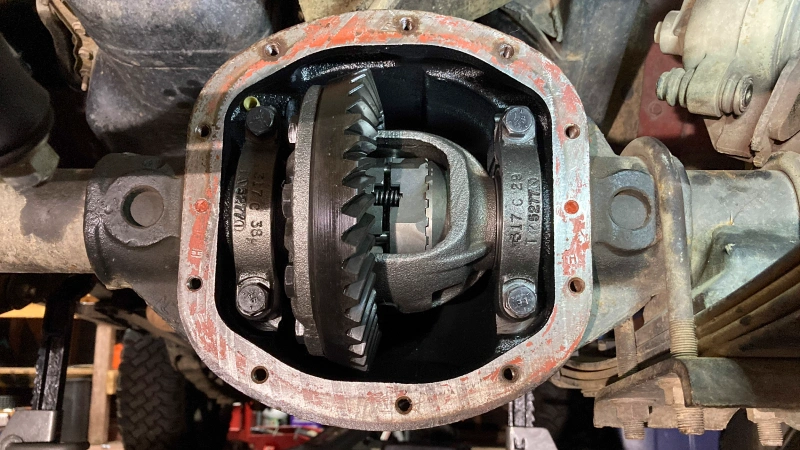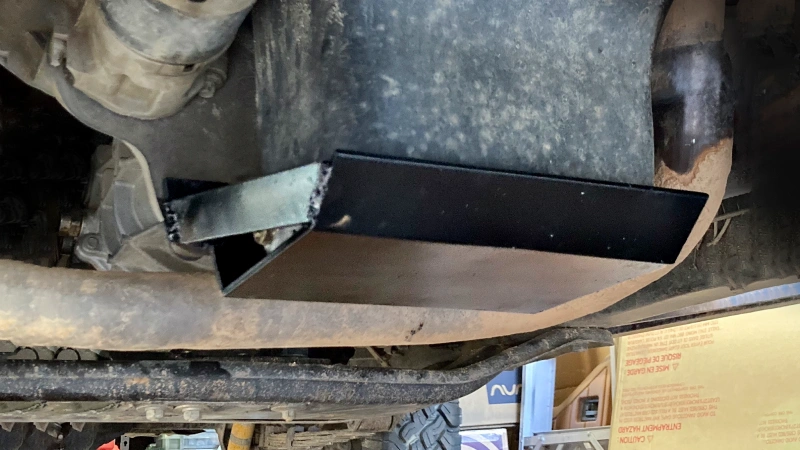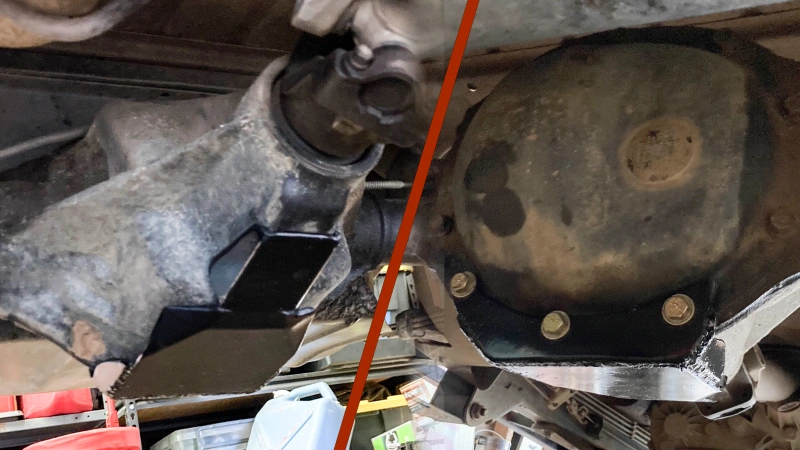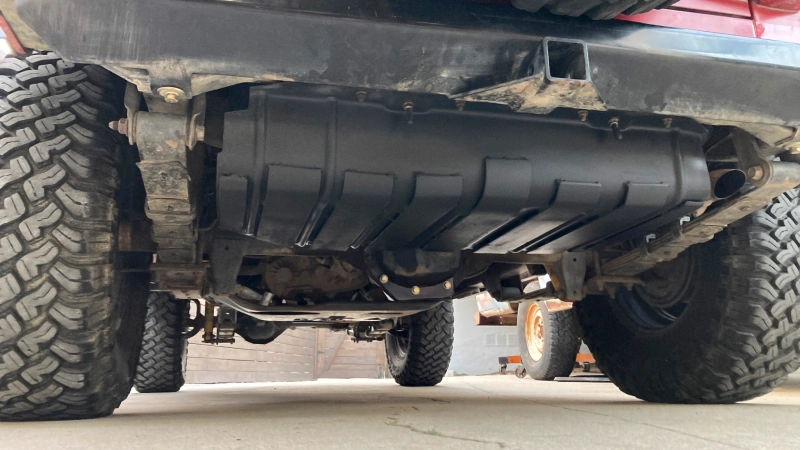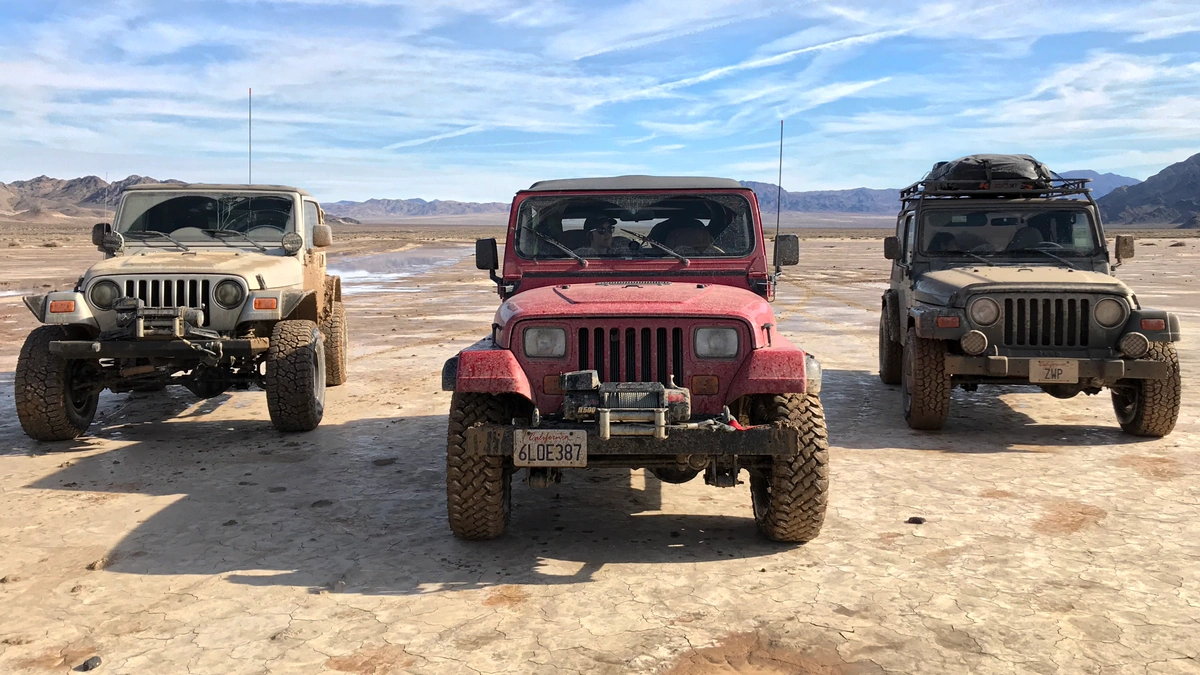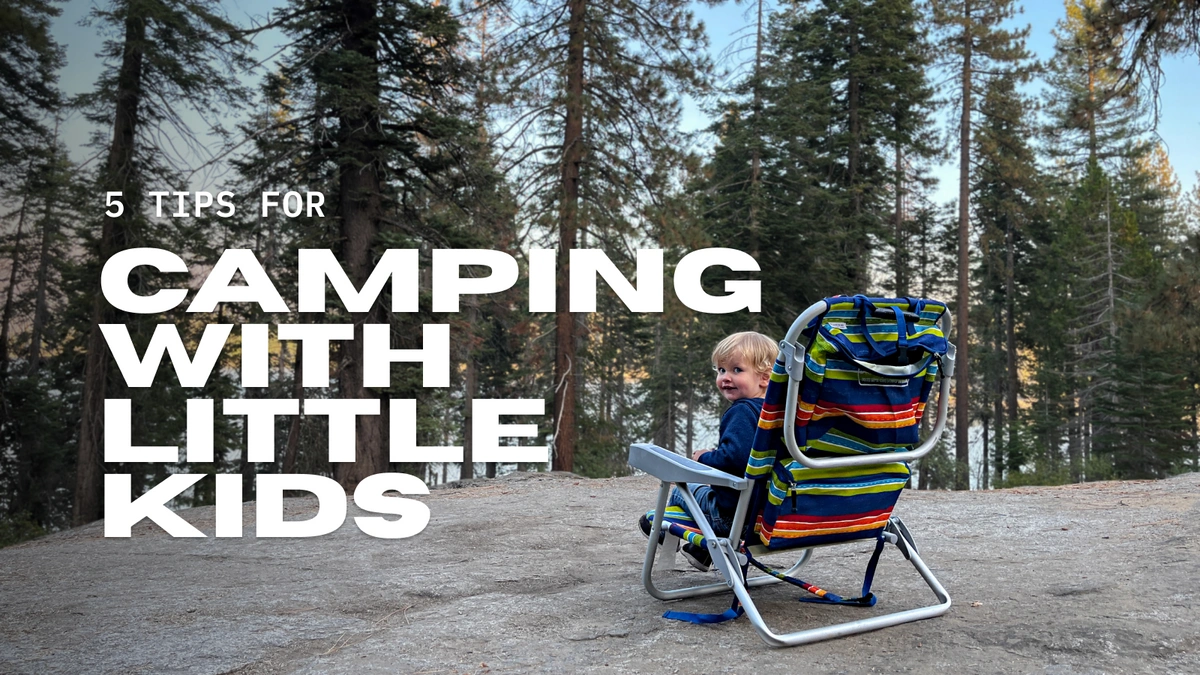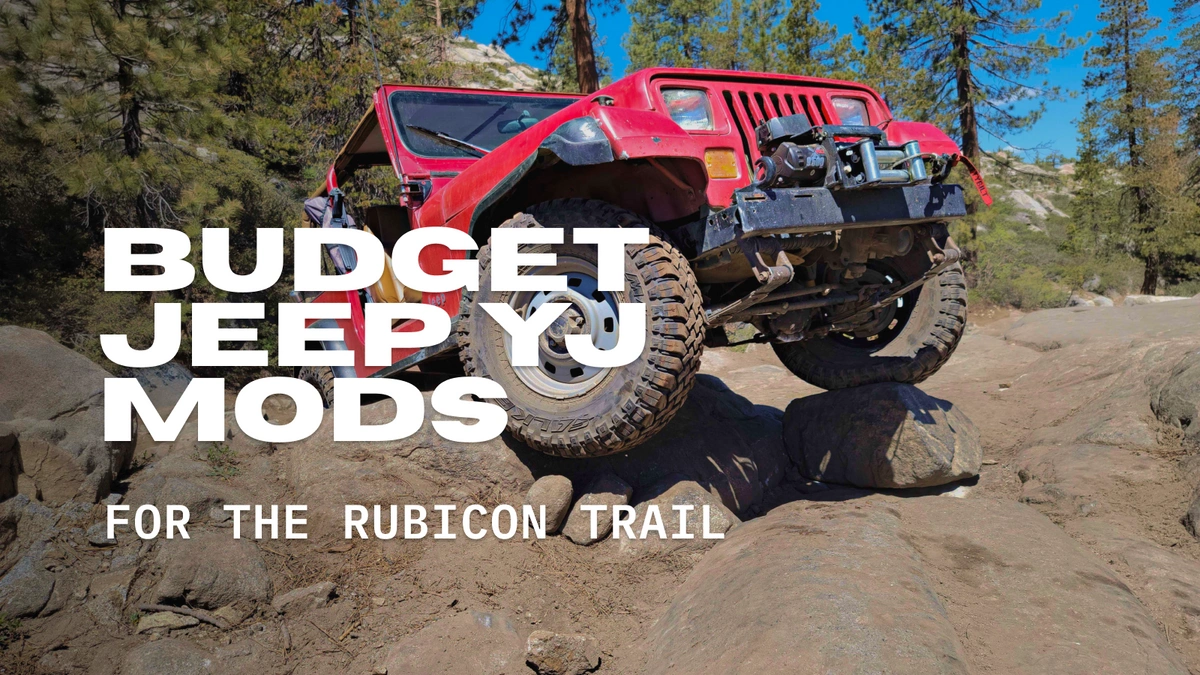
Budget Jeep YJ Mods for The Rubicon Trail
We’re Proving You Don’t Need to Spend a Small Fortune to Cross The Famed Rubicon
If you’ve ever considered attempting The Rubicon Trail but decided against it because it’s “too expensive,” consider this: I completed the Rubicon in a nearly stock Jeep Wrangler YJ with less than $2500 in modifications. Seriously.
If you want to hear how that went, you can check out Part 1 of the story here and Part 2 here. But this article is about the Jeep that got me from start to finish and back home again.
Why a YJ?
After some time offroading and camping with a third-gen 4Runner on a 3-inch lift and 33s, I decided to downsize. I wanted something smaller, cheaper, lighter, and–maybe most surprisingly–more stock. After watching my Brother-in-Law wheel a stock TJ on the same difficulty trails as my Toyota, I finally decided to join the Jeep life.
I searched for a couple of months before landing on the perfect 1995 Jeep Wrangler. Unlike most YJs, this one was almost entirely stock and in decent condition. It was, though, optioned about as well as a ride-on lawn mower: four-cylinder 2.5L engine, manual transmission, soft top, and no A/C. But for $4,000, I was all over it. I immediately drove it up to Big Bear and had a blast on Little John Bull and The Squeeze, even with the Jeep still completely stock and on 10-year-old, 29-inch all-season tires.
Most Important Mods: Tires and a Winch
The first two modifications I quickly made were fitting the little Jeep with 31-inch Falken Wildpeak M/T tires and bolting a basic 9,000lb Smittybilt winch on the front. Well, technically, those were the first two purchases I made. The first modifications I made were to remove the front and rear track bars and the front sway bar to free up the leaf spring suspension as much as possible. This did make the Jeep a bit wobbly when loaded up with a second passenger, my 90-pound labrador, and a weekend's worth of camping gear, but I never expected it to handle like a sports car in the first place.
I also took the portable $70 air compressor from my 4Runner and mounted it in the center console of the Jeep. Since the two-door Wrangler is so petite, the little flexible air hose reaches all four tires with the compressor inside the Jeep. I removed the cigarette lighter plug and hard-wired it to the vehicle so I wouldn’t need to plug it in at the end of every offroad adventure.
Bumpers and Recovery Points
Next, I knew a rear recovery point was in order. I ordered a very basic ProComp rear bumper with a 2-inch receiver. The hollow bumper ended up feeling quite flimsy. I decided to completely box the backside using some scrap 1/4-inch plate. I also reinforced the receiver while I was in there. The 10 mounting points seemed solid enough, so I left those alone aside from upgrading all the hardware to Grade 8.
What about the front bumper? Aside from adding two recovery hooks, the stock steel bumper worked fine. I sawed off a good six inches from each side for better looks, a better approach angle, and some weight savings. Does that count as a mod?
Homemade Rock Sliders for the Win!
At this point, the YJ was feeling pretty good. Its capabilities surprised me regularly on moderately challenging trails. It made me want to push it even further. But before I got too crazy, I knew some rocker protection was probably next on the list. I didn’t like the look–or the price–of most aftermarket options. Luckily, I did have access to a welder and chop saw at work. So one weekend I picked up some .120-wall square tubing and 3/16 plate for around $100 and spent my Saturday morning building a basic set of rock sliders for the little Jeep.
Lockers?
Then, the conversations about attempting The Rubicon Trail started. I knew there was no way I could do it without a locker. There was also no way I was spending over $1,000 on an air locker for my $4,000 YJ, let alone two air lockers. After reading lots of forums, I settled on the compromise of installing a lunchbox-style locker in my stock high-pinion Dana 30 up front. With only 31-inch tires, I would add minimal strain to the axle. And, as long as I was in two-wheel-drive, I would never know the automatic locker was up there. That wouldn't be the case if I put an auto locker in the rear. Also, unlike the rear, if the added strain caused me to break an axle shaft, at least my wheel wouldn’t fall off. Don’t you just love the C-clip Dana 35?
DIY YJ Armor: Diff, Oil Pan, and Gas Tank
I might have been ready enough at this point, but I didn’t want to risk damaging some low-hanging fruit under the YJ—namely, my oil pan, rear differential, and gas tank. For the oil pan, I grabbed some 3/16 plate and made up a simple skid plate that I mounted using the lower two bolts on the transmission case.
For the rear differential, the goal was two-fold. I did want to protect the low-hanging center section, but I also wanted to make it less of a hindrance when sliding over rocks. To accomplish this, I used the rest of my 3/16 plate to make a smooth piece of armor that covered the bottom of the diff and was mounted using the lower three differential cover bolts (which I upgraded to Grade 8 just to be safe).
Finally, that gas tank skid plate. My factory sheet metal skid plate was absolutely hammered. I researched aftermarket options, but everything seemed so expensive. It looked like I would be doing some more homemade armor. Making a completely new gas tank skid plate out of ⅛-inch steel would be tough when all I had at home was a 125-volt flux core welder and a 4-inch grinder. I decided to buy some 3-inch wide 3/16 scrap and weld-on strips between the ribs on the factory skid plate. This might seem unconventional, but it actually worked.
In fact, all three pieces of super budget DIY armor held up fantastic. They made it across the Rubicon and many other rock-crawling trails since. And that’s not for lack of use. With a Jeep this low and trails that tough, everything under the Jeep has taken a beating.
Keep it Simple (and Light) Stupid!
Before the big trip, I took my ‘95 Wrangler to a local weigh station for fun. With no doors or top but a full spare and half-talk of gas, the lightly modified Jeep weighed almost 3,100 pounds. So I guess the other important modification I’ve made is not to make too many modifications and to keep it light. If, instead, my Jeep had an inline six, A/C, a hardtop, and a host of heavy aftermarket armor, I think that Rubicon adventure would have gone much differently.
